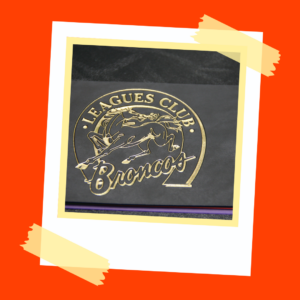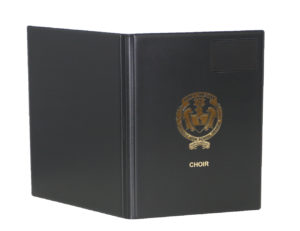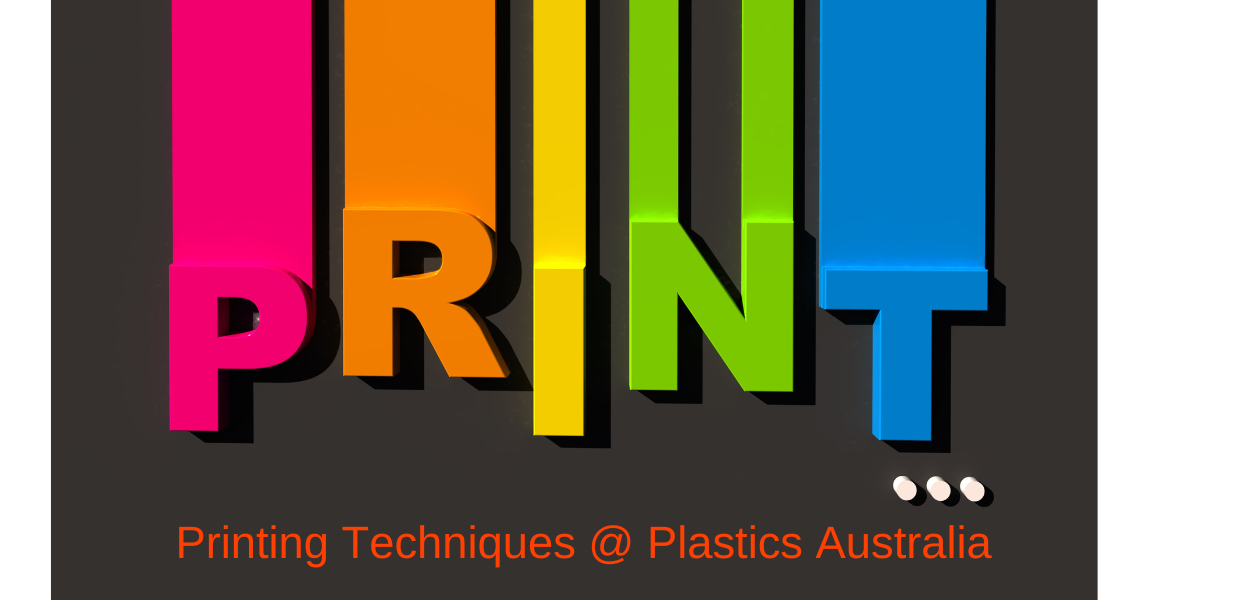Printing on Plastic – the Options.
27 February 2024
Plastics Australia Printing Options
At Plastics Australia we can faithfully apply your corporate logos and images via a variety of printing methods. The most common are
- Screen Printing,
- Digital Printing, and
- Foil Printing
What is Screen Printing?
The art of screen printing has been employed to print fabrics from as far back as the late 900’s but really found popularity in the 1960s when printed T-shirts became fashionable.
The process involves a stencil being created on a fine mesh screen (originally made of silk, thus the term silk screen printing), then ink is pushed through the screen with a squeegy, transferring the image on the substrate. This method requires the use of thick inks, with each colour being printed separately – that is a screen is required for each colour. The actual process may be manual, or machine based.
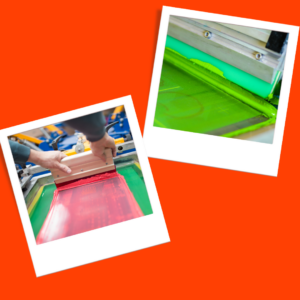
Although many new methods of printing have been developed, screen printing remains one of the most reliable methods with many advantages.
Screen printing Pros.
- Colours are often brighter and more vibrant even on dark backgrounds.
- On long print runs of one colour only, screen printing is often more cost effective.
- Screen printing is suitable for a wide range of materials.
- Screen printing provides a durable, weather-resistant finish.
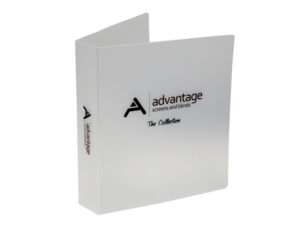
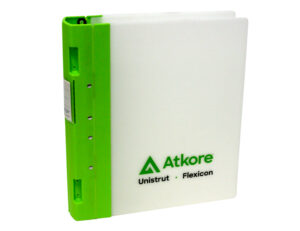
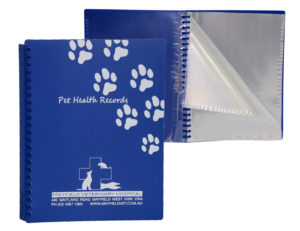
Screen printing Cons.
Gradients and finely detailed images can be difficult to achieve with screen printing. Screen printing can include simple gradients with the use of halftones, but the resolution is noticeably lower than what can be achieved digitally.
Variable data, and sequential numbers are not recommended.
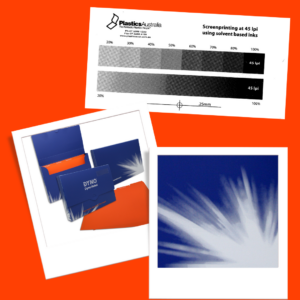 The white area shows how screen printed gradients can appear dotty.
The white area shows how screen printed gradients can appear dotty.
What is Digital Printing?
Digital Printing is a much newer printing process, but in essence is at least as old as the common ink jet or laser paper printer, as the general principle is the same. That is, a digital based image is directly transferred to the media without the use of printing plates as in letterpress, or screens in screen printing. Are you thinking of your desktop printer? Well it’s sort of the same, only on a much bigger scale, and with specialized inks.
Digital Printing Pros
- Detailed images, and photographic quality images
- Colour blending and gradients can be achieved with consistent output
- Variable data & sequential numbering
Digital Printing Cons
- Can be a slower, more costly process for high volume works.
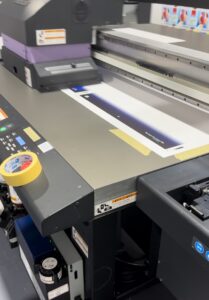
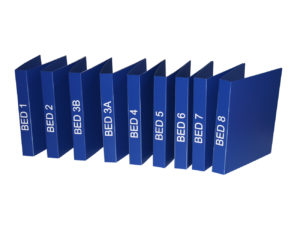
What is Foil Printing?
Foil Printing, also known as foil stamping is the specialty process of printing whereby metallic paper foil is applied to a substrate using heat and pressure with the aid of metal printing plate.
Each design requires a bespoke stamping plate to be manufactured, and this plate can be re-used many, many times.
Hot foil stamping debosses the materials and creates a slightly textured finish. At Plastics Australia, we can also achieve a deep deboss with foil inlay for a more luxurious finish. Foil printing works best with bold, well defined artwork features.
Foil Printing Pros
- Eye catching brilliance as the metallic sheen catches and reflects light.
- Durability
- Contrast & Impact
Foil Printing Cons
- Fine line details may transfer less effectively or appear to blend together.
